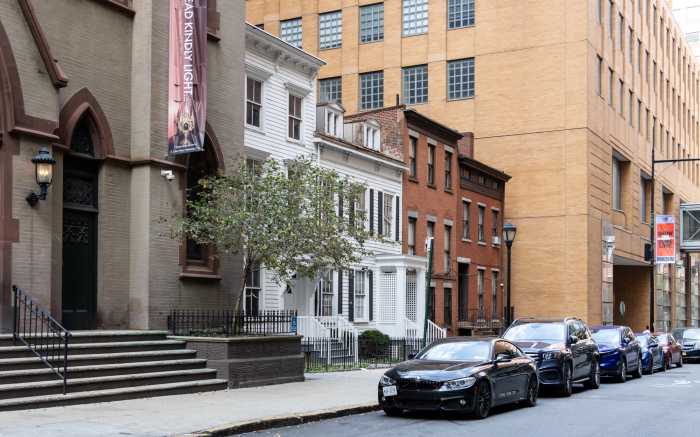Expressionist, with lots and lots of paint
Cheim & Read Gallery’s summer show is auspiciously titled “The New Landscape / The New Still Life / Soutine and Modern Art.” It is in fact a delicious antidote to a season of sometimes tedious, theory or trend heavy shows. It’s also fun to see a show and not feel the artist’s elbow figuratively jabbing you in the ribs with a “get it?” wink/smirk/nod.
Chaim Soutine (1893-1943) was raised in poverty and orthodoxy in a Lithuanian Jewish ghetto. One of eleven children, the deprivation of his early life is said to account for the exuberant approach to painting when he moved to Paris in 1911. Always an outsider, Soutine is an expressionist painter of essentially traditional subject matter—here, landscape and still life. It is his approach to paint itself and the use of lots of it that has endeared him to generation after generation of painters.
When the Museum of Modern Art staged a Soutine show in 1950 the early abstract expressionists rallied around his malleable and joyful use of paint and color. Technically he was perhaps the single greatest influence on the appearance of their work. This show, fifty-six years later, attempts to demonstrate another wave of Soutine’s influence on contemporary art. The exhibition includes Soutines aplenty and work by living and dead artists who, through the magic of curatorial selection and thematic or technical similarities, are part of his legacy.
All aspects of Soutine’s work have been taken as inspiration for someone’s work. Soutine often painted hanging butchered animals so there is the upside down theme (Georg Baselitz, Louise Bourgeois). There are any number of active landscapes, also a recurrent theme in Soutine’s work. The thematic similarities go on and on; largely, the use of thick organic-looking paint and color, like metamorphosing living matter, inspired most of the artists.
Compelling works by contemporary artists in Soutine’s sphere of influence include paintings by Bill Jensen, Louise Fishman, and Frank Auerbach. There is also a wonderful De Kooning from 1978. Other outstanding works are by Phillip Guston, Joan Mitchell, Lucien Freud, and several great new Joel Shapiro hanging sculptures are also in the show. The curatorial work, and it was quite a task, was headed by Maurice Tuchman and Esti Dunow. The show has the potential to change the way we think about painting in this postmillennial era. In the mean time it’s a great treat, for anyone that likes painting at all.
gaycitynews.com




































